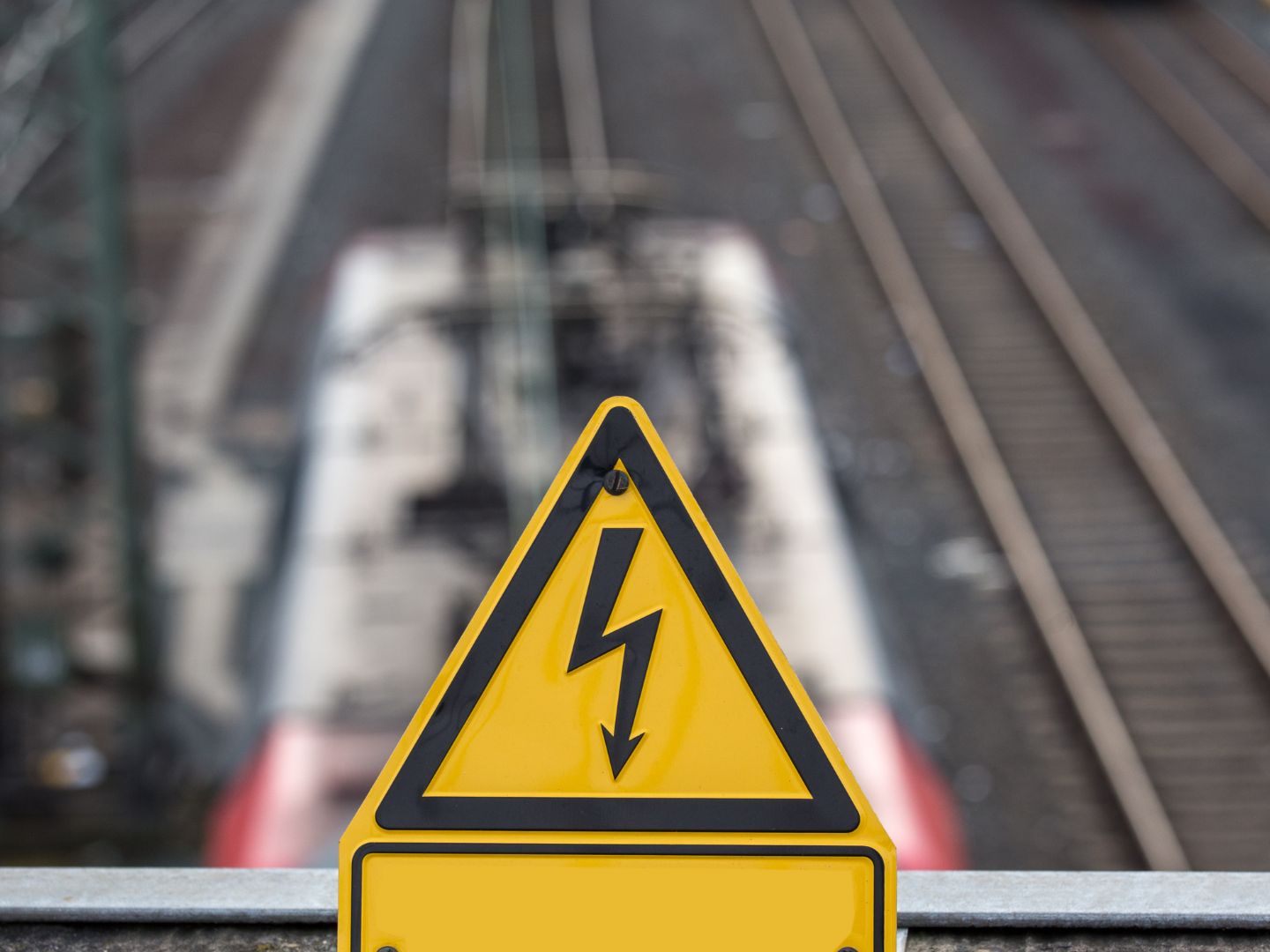Study Analyzed High Voltage Injuries: How Dangerous Train Surfing Really Is

Viktoria König from the Clinical Department of Plastic, Aesthetic and Reconstructive Surgery at MedUni Vienna (AKH) and her co-authors analyzed the data of 32 injured train surfers and 70 victims of work accidents between 1994 and 2024. "Electrical injuries from high voltage present a complex challenge in accident and reconstructive surgery, as multiple organ systems are often affected. These injuries predominantly affect young men; in recent decades, the male proportion has reportedly been 90 percent. Among these injuries, "train surfing" (...) has become a significant and increasingly common cause of electrical injuries from high voltage, especially among adolescents and young male adults," the authors recently wrote in their publication in the "Journal of Clinical Medicine" (doi: 10.3390/jcm14092918).
Severe Injuries of Train Surfers
The thrill near overhead lines with up to 15,000 volts brings extreme risks. "It is important to note that an electric shock can occur without direct contact, as high voltage arcs (up to 20,000 degrees Celsius; note) can discharge through the air and cause devastating injuries. In addition to deep electrical burns and life-threatening complications such as heart arrhythmias or kidney failure due to rhabdomyolysis (acute muscle breakdown; note), many patients suffer severe mechanical injuries, including skull fractures, spinal and polytrauma as a result of high-speed falls or collisions with railway infrastructure," the scientific paper states.
The authors analyzed and compared high voltage accidents among train surfers and victims of work accidents. Both groups had a high mortality rate of 25 percent after the catastrophic events. However, in many aspects, the injury patterns and their consequences differed significantly. "Train surfers were predominantly young men (average age 19 years), while work-related injuries affected slightly older men (average age 34 years). Train surfers suffered more severe burns (...)," the plastic surgeons and intensive care specialists noted. The percentage of burned body surface area among train surfers was nearly 48 percent, while in the second group (work-related), it was slightly more than 25 percent.
"Train surfers had longer stays in the intensive care unit (38.7 versus 17.9 days) and underwent surgery more frequently per patient (5.3 times versus 2.8 times)," the evaluation showed. About 53 percent of those affected by electrical accidents on a train had to undergo an amputation. Among the victims of work-related high voltage accidents, this was the case for nearly 26 percent. All of this can only underscore the urgent need for the most intensive preventive measures possible.
(APA/Red.)
This article has been automatically translated, read the original article here.





